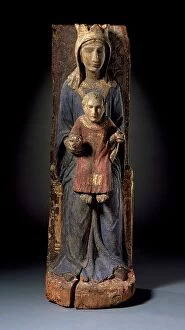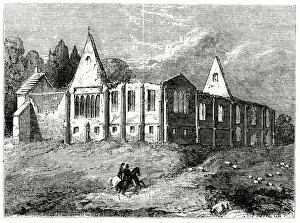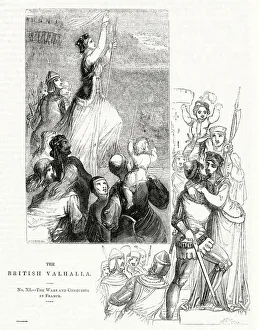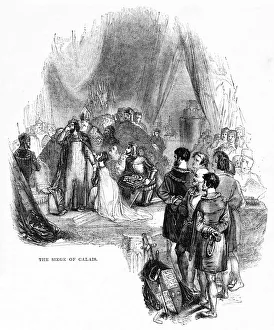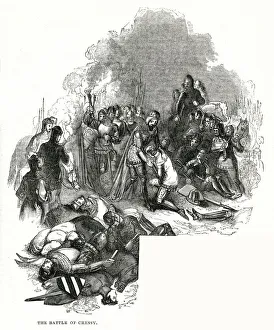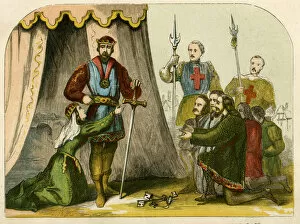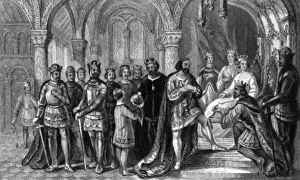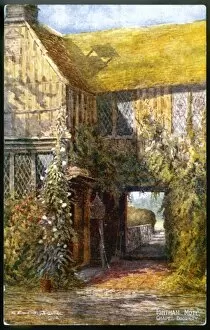1340s Collection
The 1340s were a decade filled with significant historical events and cultural landmarks
All Professionally Made to Order for Quick Shipping
The 1340s were a decade filled with significant historical events and cultural landmarks. In Queen's College Chapel, Oxford, the echoes of prayers and knowledge resonated through its hallowed halls. Meanwhile, in Beaurepaire Abbey (or Bear Park), County Durham, the ruins of a once majestic manor house stood as a testament to the passage of time. In Normandy, France, King Edward III bestowed knighthood upon his valiant son, Edward the Black Prince. The scene was one of pride and honor as father passed on his legacy to his worthy heir. Amidst the turmoil of war, Queen Philippa found herself pleading for mercy on behalf of the burghers of Calais. Her compassionate heart sought to alleviate their suffering during the Siege by King Edward III in this chapter of the Hundred Years War. "The British Valhalla - The Wars and Conquests in France" depicted tales etched in history; battles fought and victories won that shaped nations. One such battle was witnessed at Crecy in Picardy, France – an epic clash where bravery clashed against adversity. A colored engraving immortalized "The Black Prince Entering London, " capturing a triumphant moment as he returned from victorious campaigns abroad. His arrival brought jubilation to those who hailed him as a hero. Queen Philippa's intercession for the burghers echoed again in Calais - this time embodied by statues paying homage to their sacrifice and resilience amidst hardship. Edward III left an indelible mark when he instituted the Order of Garter - an esteemed chivalric order that still stands today. This act showcased his vision for honor among knights and nobles alike. However, not all moments were filled with glory; there were instances when even kings faced difficult decisions. Edward III's refusal to send aid to his son revealed both strength and sorrow within familial bonds tested by duty.

